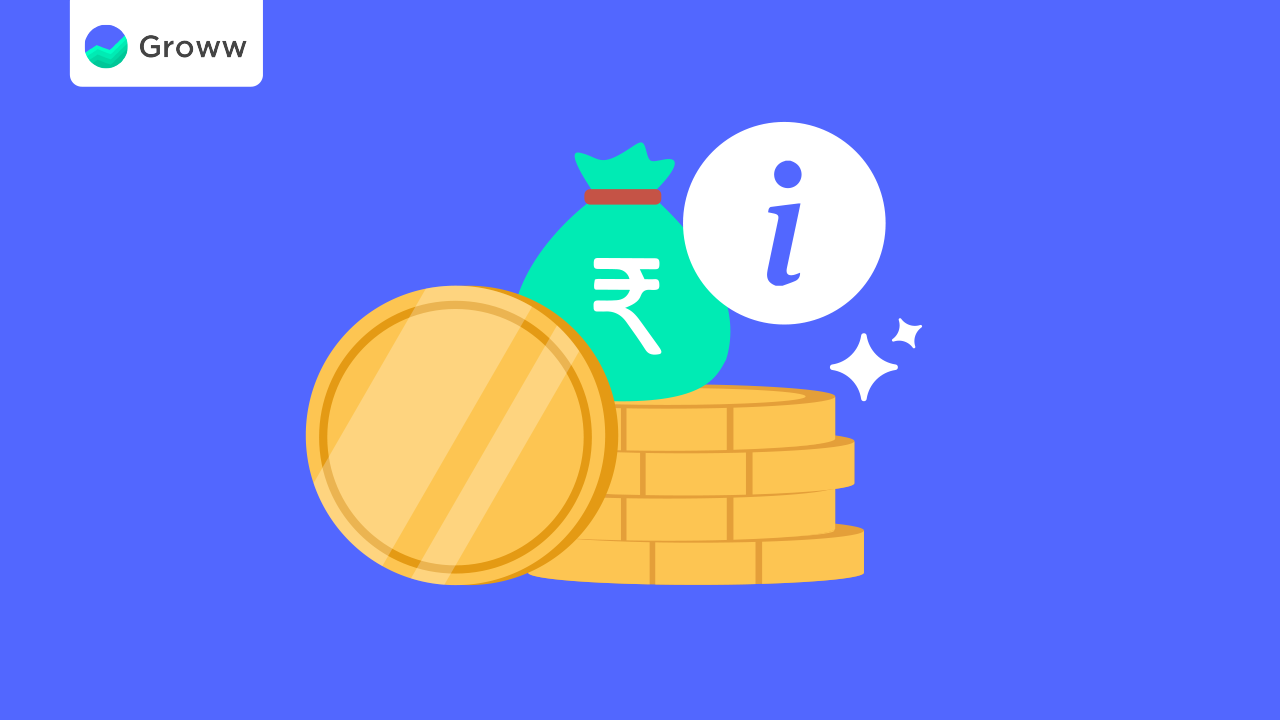How do economic crisis and wars impact the gold price?

After Russian President Vladimir Putin announced a military strike against its neighbor Ukraine on February 24, 2022, the global stock markets took a major hit. Major global stock exchanges reported historic intraday falls amid the uncertainty.
Back home in India, bloodbath on Dalal Street ensued hand-in-hand with the Rupee weakening. This was reported to be one of the biggest falls ever since the onset of the COVID pandemic in 2020. However, a significant impact was seen on the gold prices in India.
Now, gold has been traded across the world since eons, even when there was no formal financial trade order. It is a secure, liquid, and movable asset which adds to its value as an investable class. Not to mention, gold is a rare metal and is not widely available. Its scarcity makes it a precious metal whose price has only appreciated over time. This is one of the reasons why gold is among sought-after investment avenues for even the most conservative investors.
The Russia-Ukraine war impact
In India, the gold prices were up from Rs 50,180 per 10 grams of 24 carat gold on February 23, 2022 to Rs 51,550 per 10 grams of 24 carat gold on February 24, 2022. The sharp rise in the gold prices in India in a single day is largely due to a spike in gold prices in the global market. This is mainly on the back of concerns of economic slowdown and high inflation.
While not many experts understand how the world order will pan out from here on, analysts expect the gold rates to soar higher. This is mainly due to sanctions on Russia, disruption in commodities’ supply, and interruption of a global supply chain.
Also read, Economic impact of Russia-Ukraine Crisis for Investors
Impact of a crisis on gold prices
Gold has been considered the safest investment avenue since the millenniums. Even a small disturbance in the global market sets the prices of the yellow metal rolling. From natural disasters to war, and even economic crisis, the gold rate is highly sensitive to such stimuli.
One of the most important aspects to understand is how demand and supply works. When there is a high demand in the market and the supply is low, the price of that commodity will go up. When the demand for the product is low but its supply is abundant, its price will decline.
Gold is considered a safe haven asset. This means that gold investment is a type of investment that is expected to grow in terms of its value over time, even amid market turbulence. These situations may be a result of an economic crisis or war. In the event of an economic downturn, investors opt for safe haven assets like gold to reduce their exposure to volatile assets such as equities or debt.
Naturally, when the demand for this safe haven asset (gold) goes up, its prices also shoot up.
The movement of gold prices and the stock market is almost inversely proportional to each other. This means that when the stock market is on a downward spiral, the demand for a relatively safer asset like gold goes up. This in-turn pushes the price of gold in the global market. Similarly, when the stock market outshines, investors siphon money into the market since gold prices take a beating due to robust growth in the stock market.
Also read, how to manage investments during an economic crisis
The Russian big picture
In Russia’s scenario, it is imperative to note that Russia is the third-largest producer of gold in the world after China and Australia. Consequently, the economic turmoil is impacting Russia’s gold exports. With several Western countries imposing sanctions on Russia, the country’s gold exports could be hit. This could disrupt the global gold supply chain.
Taking evidence from the history
Time has been testimony to the fact that whenever there has been economic distress, the stock markets have tumbled. This has had a cascading effect on the gold prices, making them skyrocket.
After the 9/11 attack on the World Trade Center, the stock markets of many developed countries took a hit with gold prices rallying.
The 2008 recession and the Lehmann Brothers chaos led to global markets bleeding red. The volatility of the global markets for the next few years resulted in the gold prices jumping from $700 per ounce in 2008 to $1,900 per ounce in 2011. Post 2011, once the global stock markets started stabilizing, the gold prices came down.
Takeaway
There are different asset classes for investment purposes. However, gold has weathered all seasons and remains the preferred option for investors. Particularly, during times of economic turmoil, recession, and even war. The fact that even in the most uncertain of times, one can catch hold of yellow metal easily. This makes it a favourite for investors who want to diversify their portfolios.